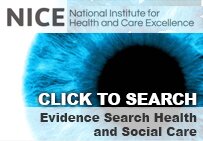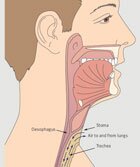A Brief History of Audit
Clinical Audit was introduced by Florence Nightingale (1855) during the Crimea War (1853 – 1855) (Bull 1992). Although the Russians were defeated at the battle of the Alma River (20 September 1854), the Times newspaper criticized the British medical facilities. Sidney Herbert, the British Secretary for War asked Florence Nightingale a mathematician to become nursing administrator and oversee the introduction of nurses to military hospitals (Porter N. Regional Audit Gleanings Issue 16 May 2005). Nightingale at the end of the war was able to show positive outcomes from quality of care. Few other clinicians at this time used audit.
When Nightingale arrived at Scutari medical barracks in 1854 she was appalled by the unhygienic conditions and high mortality rates amongst injured and ill soldiers. Soldiers were seven times more likely to die from diseases such as typhus and cholera in the hospital than to die on the battlefield.
Nightingale’s knowledge of mathematics and statistics were evident as she collected data enabling her to calculate mortality rates. By February 1855 mortality rates had dropped from 60% to 42.7% due to an improvement in hygiene. By spring that rate had dramatically decreased to 2.2% through the provision of fresh water, the purchase of fresh fruit, vegetables and standard hospital equipment (purchased from her personal funds).
In 1912 another famous advocate for clinical audit, Ernest Codman (1869–1940) introduced his "end of plan idea". US Physician, Codman established a plan to enable the tracking of patient treatment outcomes as a way to identify clinical misadventures. This would serve as the foundation stone for improvement of patient care in the future. He believed this information should be made public to help guide patients in their choice of physicians and hospitals. To support this theory Codman published his own hospital results entitled ‘A Study in Hospital Efficiency’. (Codman, E. A. Boston, Mass (1916)). This prompted the American College of Surgeons in 1918 to create the Hospital Standardisation Programme which provided accreditation criteria and standards which were later adopted by the Joint Commission on Accreditation of Hospitals. This Programme was not however implemented in the UK.








